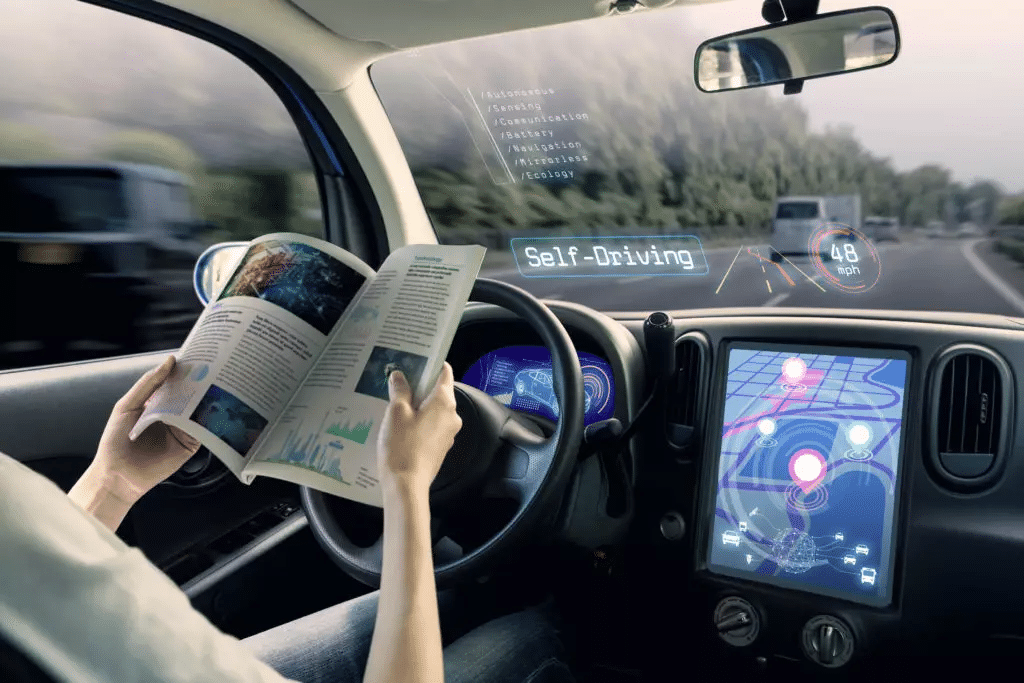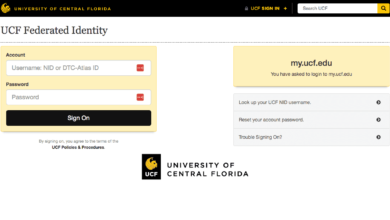5 Ways Deep Learning Is Driving Automation
Today, a good part of society’s time is spent on social media, search engines, and websites, and deep learning has potential uses for all of these platforms.
Moreover, the availability of fast computing power has also had a huge impact on deep learning algorithms. Through them, along with AI, technologies like autonomous vehicles, voice assistants, and AlphaGo have become a reality.
In many ways, deep learning has caused an industrial revolution. Although its previous applications were impressive for its mechanical and physical capabilities, today, it is revered for its emerging cognitive and mental ability uses.
For that reason, at some point in the future, computers are predicted to replace mental labor and the traditional manual workforce.
One of the most notable platforms in the field, CircleCI, has stated that AI and automation are the key to speeding up software advancement and the result of less involvement by engineers to complete essential tasks that have always been manual.
It’s the main reason that famous software development companies like GoPro, Facebook, Spotify, etc., are shifting to CircleCI.
Automation possesses significant advantages to improve both social life and industry. It can increase productivity, provide a high production ratio, enable more efficient material use, reduced factory hours, and improve safety.
Increased productivity and improved output are the primary reasons behind automation. In the case of humans, the chance of variability is high as compared to automatic systems. Nevertheless, the process control and consistency of the product is a plus point too.
The safety of workers is the main requirement in any industry. Automated machines and robotics also play an important role in this regard.
To optimize deep learning pipeline automation, developers conducted numerous research studies to improve deep learning models gradually, and ultimately various applications today have been found to support automation successfully.
1. Factory Part Inspection
Mobile service robots are increasingly operating in open national, industrial, and urban settings shared with humans.
Environmental movement anticipation is a significant prerequisite for secure and efficient movement scheduling and human-robot interaction. Limited onboard technology and first-person sensing resources make this a difficult task.
Over the past 50 years, factory automation has revolutionized industrial work. But many factories still demanding machines for a wide range of industrial work.
Many tasks like electronic or assembly of aircraft are not possible to automate. In this work, human knowledge requires closely together and adapt to the decisions and emotions of each other, which robots cannot do now.
Rather than fully automating (which might be possible or cost-effective), we think human-robot cooperation can allow safe and effective task performance while reducing human involvement and strain.
This economic model is of specific concern to automotive assembly, where much of the job is dexterous and still needs to be done by humans, but where robots can cut down on manual labor by simultaneously positioning human workers, equipment, and components.
Successful execution of this coexistence needs the robot to anticipate human movements reliably and subtly modify scheduled trajectories as a human would in real-time.
In manufacturing settings, interest in human-robot coexistence, where humans and robots share common jobs, is growing. Efficient coordination requires knowledge of human behavior and a solid action plan for human and robot agents to calculate robot movement trajectories that naturally synchronize with human movement.
In the manufacturing environment, on the same factory floor, robots are increasingly coexisting with human employees. Significant productivity benefits can be achieved if the human and robot can share the same volume of work and work near each other proficiently.
2. Customer Service
Overburdened customer support teams have a knock-on effect on customer experiences and brand reputation.
After all, no one wants to spend their valuable time waiting for half an hour to speak to a customer service representative or waiting for someone to reply by email regarding an urgent problem. In most cases, customers want to be able to serve themselves.
Customer service automation is the process to reduce human interaction in solving customer issues. The companies use automation with the help of proactive messaging, self-service software and simulated chat facilities.
Common examples of automatic customer service are chatbots, email automation: frequently asked questions, and self-operated help centers.
Conventionally, businesses are prompted to use customer service agents to fix customer inquires with the help of email, phone calls, and other platforms. It can be difficult to satisfy the expense required to meet growing customer service demands with a company’s growth.
On the other hand, staff needs support, so automation is needed to meet the specific requirements without sacrificing quality.
3. Detecting Illness
Artificial intelligence plays a cardinal role in the improvement of the healthcare sector. Al-based programs can diagnose the disease before symptoms.
The detection of cancer is a significant area of deep learning, and lots of research conducted to improve the early detection. Recent research published in the Journal of National Cancer Institute states that the accuracy of breast radiologists is comparable to the automated program.
The image recognition and analyzing patterns with the help of deep learning networks allows doctors to help more accurately and faster.
Moreover, these models learn continuously and thus improving the results by predicting the right diagnosis. After the diagnosis, AI also facilitates the treatment process by prescribing medicines and different exercises. Nevertheless, surgical robots use modern AI algorithms to perform successful operations.
4. Finances
Financial services are one of the more information-heavy industry sectors, which means there’s often an enormous amount of data available for analysis.
AI can automate various routines in finance, such as automating the capture of earning calls or the evaluation of loan applications.
Deep learning models can also be used in stock trading. Stock markets are easily affected by world events, about which there’s a vast amount of information in the form of news articles in trade and economics publications and social media.
NLP-powered solutions like IBM Watson can analyze things like stock markets by trawling through this vast amount of data to garner insights into sentiment and make predictions and suggestions based upon those insights. This allows traders to make more informed decisions and recommendations.
5. Automotives
For automated driving, the capacity to anticipate the movement of vehicles is crucial. Similar difficulties apply to the service robot domain, although they are more pronounced considering the greater vehicle masses and speed and potential damage.
In addition, cars need to function quickly in altering outdoor traffic environments that are semantically wealthy and require harsh working limitations in real-time.
Traffic infrastructure knowledge (location of routes, curbside, traffic signs, traffic lights, other street marks such as zebras) and traffic rules can help forecast vehicle movement decisions. There are also a number of applications for it, like surveillance, safety and traffic management.
The deep learning models also offer the ability to adapt the trajectory of the movement of a collaborator. The capacity to correctly track many objectives across distributed networks of stationary cameras depends on the visual monitoring of vehicle traffic or human crowds.
A long-term movement forecast can support a range of tracking functions such as personal recovery, perimeter security, traffic tracking, crowd management or retail analytics by further decreasing the amount of false positive signals and track identifier switches; especially in thick crowds or across non-overlapping fields of view.
A New Era
Many say that artificial intelligence is driving automation in many daily life sectors and that deep learning is the most promising approach yet to achieve the dream of a new era defined by artificial intelligence.





